
sabrigade
-
Posts
1,707 -
Joined
-
Last visited
-
Days Won
34
Content Type
Profiles
Forums
Blogs
Gallery
Events
Store
Posts posted by sabrigade
-
-
Hi Chris,
Unfortunately not, I have come across a number of the 1933 Medals but have never seen one that has been named.
Regards,
Will
0 -
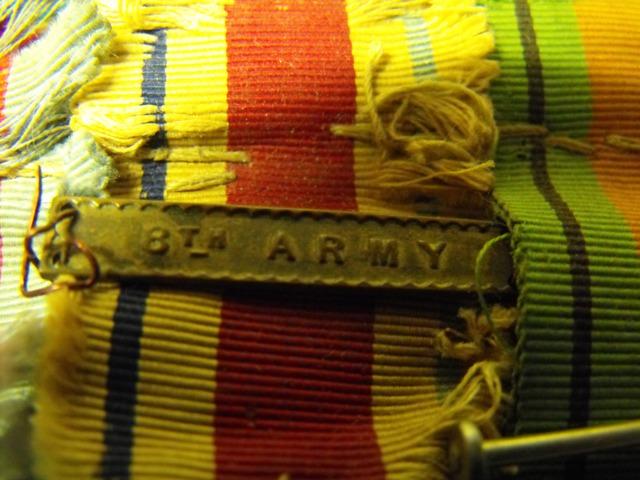
8TH ARMY CLASP ATTACHED TO THE RIBBON BY WIRE
0 -
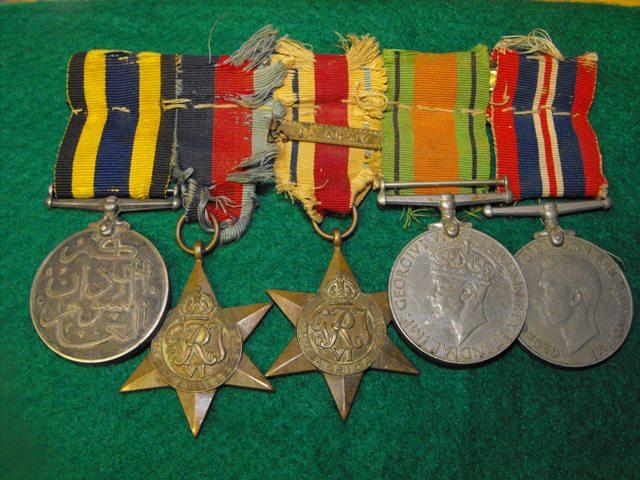
MEDALS ARE MOUNTED AS WORN
During the course of my work and travels in the Sudan, I met Khalid's grandson and family in Kassala in Eastern Sudan.
After a long period of discussions and negotiations, the family decided that the medals should go to my collection and I was able to purchase them
Kassala was the scene for a number of actions during the Second World War and was bombed and captured by the Italians on occassion.
It is very difficult to obtain service records in the Sudan but through the family's memories I was able to piece the following together:
Born in 1919 in Kassala, Khalid joined the SUDAN DEFENCE FORCE in 1939. He served in the Eastern Arab Corps and participated in various internal Sudanese operations and fought against the Italians. Khalid participated in the Second World War and saw action in Abyssinia, Libya and Egypt. He took part in the Battle of El Alamein. At the conclusion of the Second World War, he left the army and settled and lived in Kassala. Khalid died of natural causes in 1979.
0 -
KHALID MOHAMED ABDURAHMAN
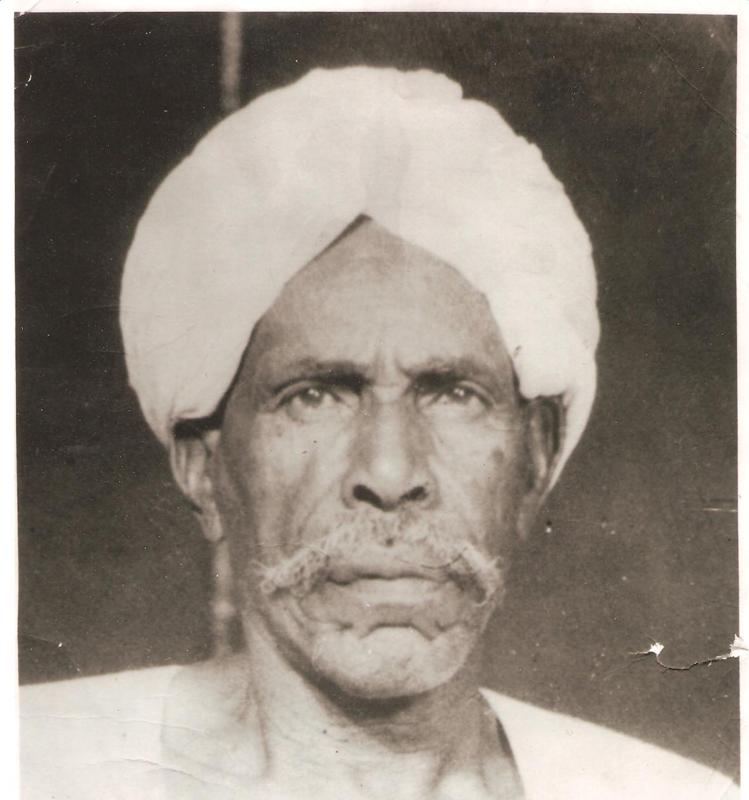 0
0 -
An excellent article was written in the Journal of the South African Military History Society a few years back.
Military History Journal - Vol 10 No 1
(incorporating Museum Review)
SOLDIERS WITHOUT REWARD
Africans in South Africa's Wars
by J S Mohlamme
On 17 July 1917, King George V, in a speech to the SANLC in Abbeville, called them 'part of my great Armies which are fighting for the liberty and freedom of my subjects of all races and creed throughout the Empire. '(5)
"At the conclusion of hostilities, the African troops were returned to South Africa and disbanded. They were bitterly disappointed and resented the fact that despite their sacrifices they were awarded no medals or ribbons. To compound their misery, blacks from the High Commission Territories who had served in the same units were issued medals, as were blacks who had served in South West Africa with the South African Artillery and the South African Mounted Rifles (SAMR).(6)"
HOPE THIS IS COPYRIGHT COMPLIANT? MY COMMENT!
1 -
Thomas,
That is correct, another one of those strange issues, some members received the MSM but no campaign medals!
0 -
The "red cloth" indicated that the bearer had signed an oath or commitment to serve anywhere in Africa and had therefore volunteered his/her services for the various campaigns in which the South Africans took part during WW2.
The oath was necessary due to the fact that the South African Defence Act of the time only allowed compulsory military service for South African citizens within the borders of South Africa.
Signatories of the oath later became eligible for the Africa Service medal.
It should be noted that the Oath was not signed by all members of the Union Defence Force
0 -
Only members of the S.A.N.L.C. from the British Protectorates such as Basutholand and Bechuanaland were issued with the bronze British War Medal.
The black South African members were not issued with the medal and this appears to have been a political issue taken at the time.
White European members, who formed the leader group, were entitled to the same medals as their white South African counterparts in other WW1 South African units.
Strangely enough, trios were issued to non-white members, maily drivers, for service in German South West Africa and are rather scarce. I have a trio in my collection.
As regards Mervyn's questions on numbers, according to the official history of South Africa and the Great War, the following returns are given:
292 officers, 1204 'European" warrant and non-commissioned officers and 25090 'Native" were members of the S.A.N.L.C.
27 of these soldiers died in the course of their duties.
1 -
Hi Thomas,
I hope to be back in South Africa next week and will make it a seperate thread.
Regards,
Will
0 -
Hi Len,
The QSA is a very popular medal for collectors.
As pointed out in the previous posts, there are many ways to approach this collecting field.
I personally have collected and completed all the various clasps and have a bronze example as well as the transport medal in my QSA frame.
I know of collectors who collect various regiments or the different Town Guards and DMT.
Gook luck!
Regards,
Will
0 -
Fantastic collection.
I hope you have smoke alarms!!
Ken
Hi Ken,
Thanks for the comments.
The insurance company requirements are very strict and regular inspections take place.
Regards,
Will
0 -
Equipment used by South African forces in WW1 varied greatly and can be analysed according to the various campaigns and theaters.
The Pattern 1903 Bandolier Equipment was used by South African Artillerymen in East Africa, Palestine and also by the South African batteries of the Royal Garrisson Artillery on the Western Front. Only the 50 round bandolier, water bottle and haversack were worn and used.
Large numbers of german leather equiment had been captured during the German South West African Campaign and these sets were used mainly by the machine gun elements of the South African Mounted Riflemen in German East Africa. This equipment is better known as the "Schutztruppen" or Mounted equiment.
Some sub-units in East Africa were issued with the Pattern 1908 Web Infantry Equipment but this was very limited ("A " Company of the 6th SAI). Most units used the 50 and 60 round bandoliers.
The Battalions of the Cape Corps were issued with Pattern 1908 Web Infantry Equipment and they used the equipment in both German East Africa and Palestine.
The South African Infantry regiments that fought on the Western Front were mainly issued with the Pattern 1914 Leather Infantry Equipment so they DID use and wear the "snake-buckle" belt.
Some photographic evidence exists of individual memebrs of these regiments wearing the Pattern 1908 Web Infantry Equipment.
I am fortunate to have complete sets or examples of these items in my collection.
Regards,
Will
0 -
Hi Paul,
I will be back in South Africa soon and would be happy to send you copy of the certificate.
Regards,
Will
0 -
Hi Tony,
I think it depends on the specific company that manufactured the badge.
A friend of mine has a SWB in a totally different case.
The badge itself has its own varients, I am the proud custodian of SA no 3 which looks completely different on the reverse to the other variants.
A fascinating subject, still many "unknowns" out there!
Regards,
Will
0 -
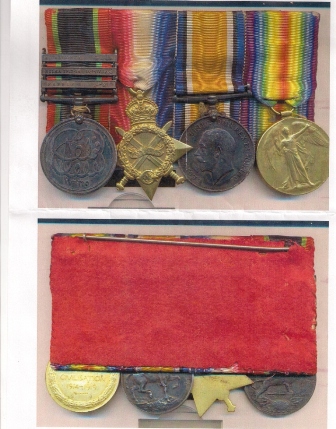
This is a recent addition to my Sudan Medal (1910) collection.
The WW1 Trio is named to MULAZIM T. 8 - BN. E. A.
It is court mounted for wear as can be seen in the photograph.
0 -
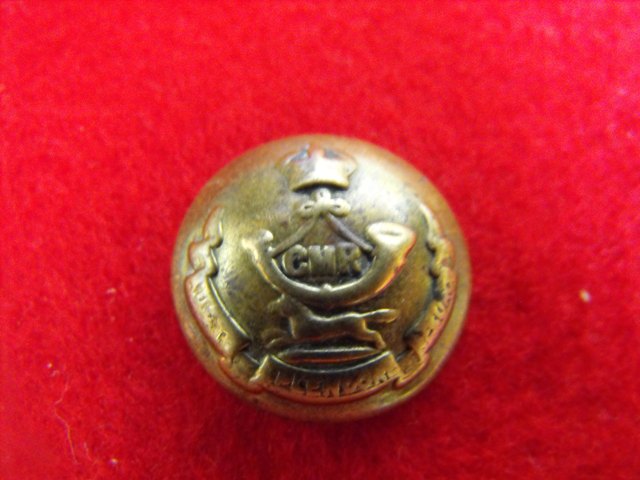
CAPE MOUNTED RIFLES BUTTON
0 -
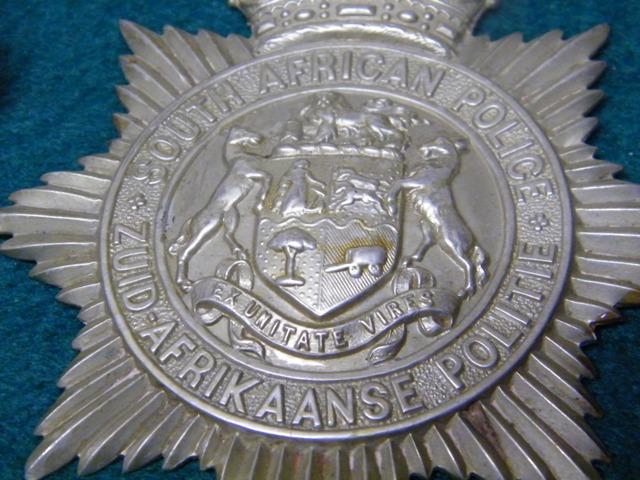
WHITE METAL SOUTH AFRICAN POLICE HELMET PLATE
A very rare white metal helmet plate.
This helmet plate was used between 1913 and 1926 and was issued to Non-White members of the South African Police.
As explained by Mervyn, the Dutch for Zuid-Afrikaanse and Politie is clearly visible.
0 -
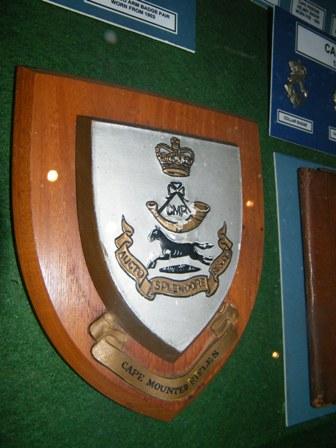
CAPE MOUNTED RIFLES REGIMENTAL PLAQUE
0 -
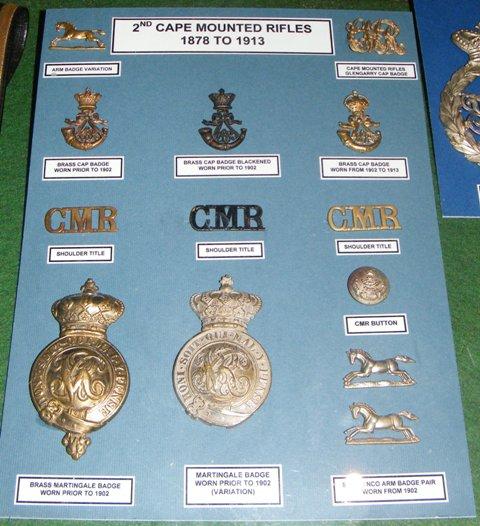
CAPE MOUNTED RIFLES
0 -
I am hopefully back online after travelling to a number of African countries.
I will post what I have over the next few hours.
Regards,
Will
0 -
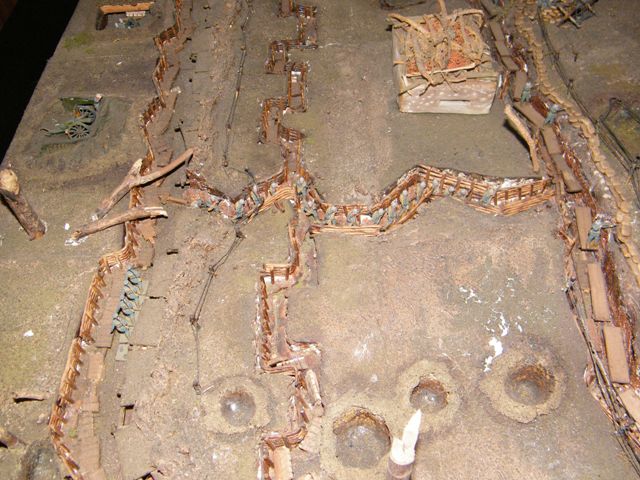
The scale is approximately 1:72 for the diarama.
It was constructed by a friend of mine who unfortunately died last year.
The purpose of the diarama was to depict a typical layout of the trench systems used on the Western Front and contains the layouts used and also depicts some of the forces and scenes involved that were typical of trench life and the routines involved.
I will post some photographs showing some of the detail.
1 -
How can I research this officer and his regiment?
According to the ebay dealer I purchased the group from, he had bought the group from the family.
Regards,
Will
0 -

ALLIED VICTORY MEDAL ISSUED TO WARREN AS A PTE IN THE 1ST SAI BDE
0 -

BRITISH WAR MEDAL ISSUED TO WARREN AS A MEMBER OF THE 1ST SAI, RANK INDICATED AS STAFF SARGEANT
0


A member of the Sudan Defence Force and his awards
in Great Britain: Orders, Gallantry, Campaign Medals
Posted
Hi Mervyn,
Good to hear from you.
The condition is unfortunately indicative of both the harsh conditions and unfortunately the manner in whcih these items are regarded and cared for in the Sudan.
I hope to be in South Africa soon and have a range of good items I will post.
Regards,
Will